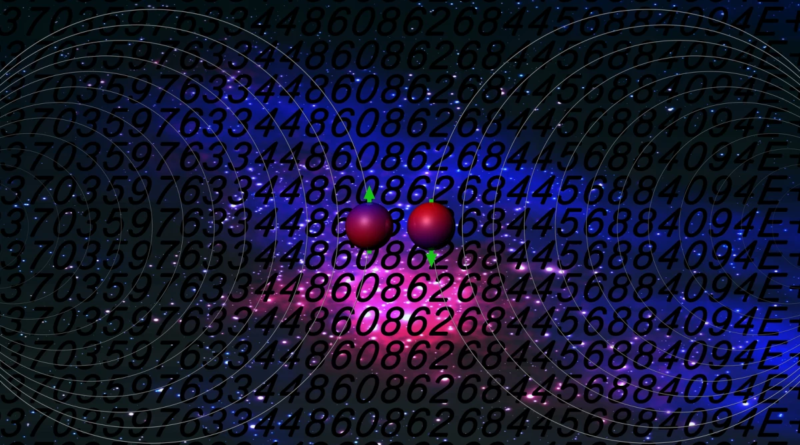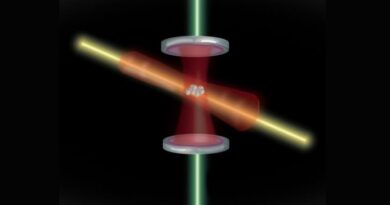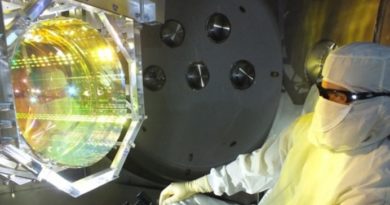Researchers Teleport Information between Two Microchips Using Quantum Entanglement
Researchers at DTU Fotonik have successfully teleported information between two microchips by using a quantum mechanical entanglement of two photons.
The researchers bypassed the classic method of data transfer where you send an information-bearing photon between two chips. Instead, they teleported information from one silicon chip to another utilizing a quantum-mechanically entangled photon pair.
Photons connected in an entangled quantum state know each other’s characteristics at any time. A change in the state of one immediately results in a similar change in the other.
This peculiar relationship can be used to exchange quantum information between the locations where the entangled photons are sent. In the long run, this approach could one day be used to develop completely secure internet connections.
Even today, quantum physics can be employed to send very secretive messages that no other party can be privy to. The technology is still in its infancy but that hasn’t stopped companies from offering equipment for quantum mechanical exchange of encryption keys.
In these cases, however, a direct optical fiber link is needed between the two parties wanting to send secret messages. This means there are physical limitations to how long such a link can be.
For users hundreds of kilometers apart, the distance issue can be solved through the use of a so-called trusted node. However, this is not without setbacks: it makes the connection slower, more expensive, and less secure.
A safer more reliable infrastructure for quantum communication between a large number of users is needed. This is where the researchers’ recent demonstration of chip-to-chip quantum teleportation comes in.
The study was conducted by four researchers from the Centre for Silicon Photonics for Optical Communications (SPOC) at DTU’s Department of Photonics Engineering in collaboration with researchers from the University of Bristol in the UK and Peking University in Beijing, China.“In our chip, we can produce two photons that are in the entangled quantum state. We can then send one photon one way, and the other way. They then function as a single system, regardless of the distance between them. When you measure one photon, you change the common quantum state and thus determine the state of the other. In this way, we were able to use the entangled photons to transfer information from one chip to another,” explains Assistant Professor Davide Bacco, one of the four DTU researchers.




